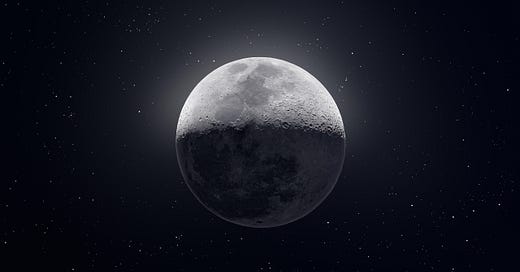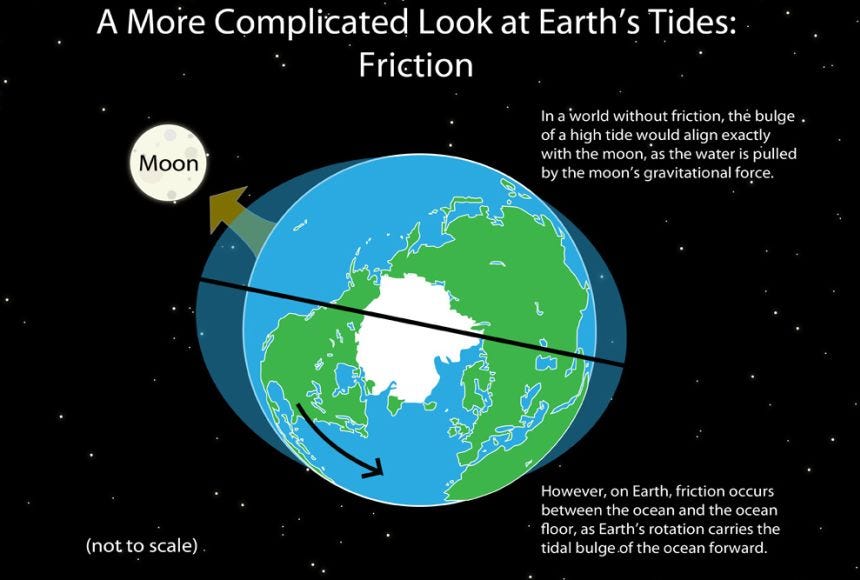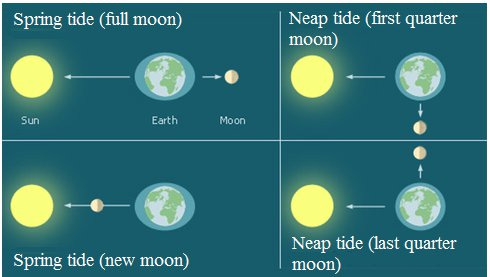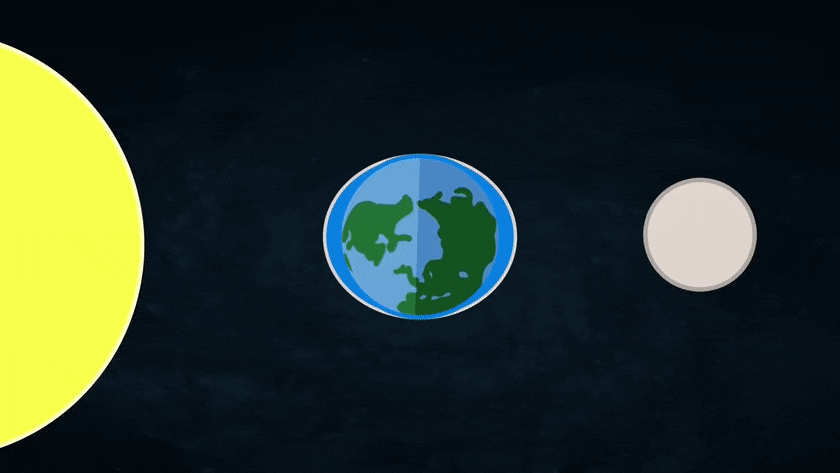How the Moon is helping to form tidal waves in the ocean!!
The moon’s gravitational pull generates something called the tidal force. The tidal force causes Earth—and its water—to bulge out on the side closest to the moon and the side farthest from the moon.
credits: harmonizer97 and Andrew McCarthy
As we know the moon has gravity but it is relatively weak compared to the Earth although it’s very responsible it influences climate swings, determines seasons, stabilizes wind speed, protects the Earth from asteroids, and mainly forms tidal force. In general, the ocean has covered by a massive area, and have you ever thought about how ocean waves are formed there are essentially three types of waves wind-driven waves, tsunamis waves, and tidal waves. Wind-driven waves are formed by the wind passes over the surface of the water, tsunami waves are large and powerful waves caused by geological disturbance, and tidal waves are formed with the gravity of the moon pulls the water and causes tides as well as when the moon, sun, and earth come in the same line than the gravity of the moon and Sun pulls the water and hence in the regions where the sun and moon are aligned with the earth experiences high tides but the opposite corner of the earth experiences low tides!
Thanks for reading for more updates subscribe to our page!
The moon's gravitational force affects the oceans through a phenomenon called tidal forces. Tidal forces arise because the gravitational force of the moon on the side of the Earth closest to it is stronger than the gravitational force on the opposite side of the Earth too because of the centrifugal force. This difference in gravitational force causes a bulge of water to form on the side of the Earth closest to the moon and another bulge on the opposite side of the Earth. As the Earth rotates on its axis, the bulges move around the planet, creating a cycle of high and low tides.
credits: National geography
The Sun also has a gravitational effect on the tides, but because it is much farther away from the Earth than the moon, its effect is less significant. When the gravitational force of the Sun and moon act together, it can create even stronger tidal forces, called spring tides.
The Moon's gravitational pull on the oceans is a complex phenomenon and its effect can be influenced by other factors, such as the coastline's shape and the ocean floor's depth and shape. Nevertheless, the moon’s gravitational pull is the primary factor that causes the tides to rise and fall twice a day in most places on Earth.
But did you know that the position of the Moon also affects the intensity of the tides? During a full moon or new moon, when the Moon and Sun are aligned, their gravitational forces combine, resulting in higher and lower tides. On the other hand, during the first quarter or third quarter moon, when the Sun and Moon are at right angles to each other, their gravitational forces partially cancel each other out, resulting in lower high tides and higher low tides, known as neap tides.
Tidal forces create 2 high tides and 2 low tides per day. This is due to the fact that the Earth is spinning, so if you are in a part of the Earth…
Facing the Moon → you are in HIGH tide
Forming a 90º angle with the Moon→ you are in LOW tide
The side of the Earth facing the Moon feels a stronger pull toward the Moon than the Earth’s center, so the water there is pulled closer to the Moon creating a high tide.
On the other hand, the side facing away from the Moon feels a weaker pull than the Earth’s center. This makes the water there lag behind creating also a high tide!
credits: gifer.com
And you can ask if the moon affects people because we’re 70% water, just no. The moon only creates noticeable tides because of the size of the oceans. The gravitational pull between the moon and a human is basically nil. If the moon affected us like it did the tides we would all be able to jump noticeably higher whenever the moon was overhead. This is not the case. We can do the math for the gravitational attraction between the moon and one human, it will be pretty much nothing.
credits:(Youtube) Rising tides








